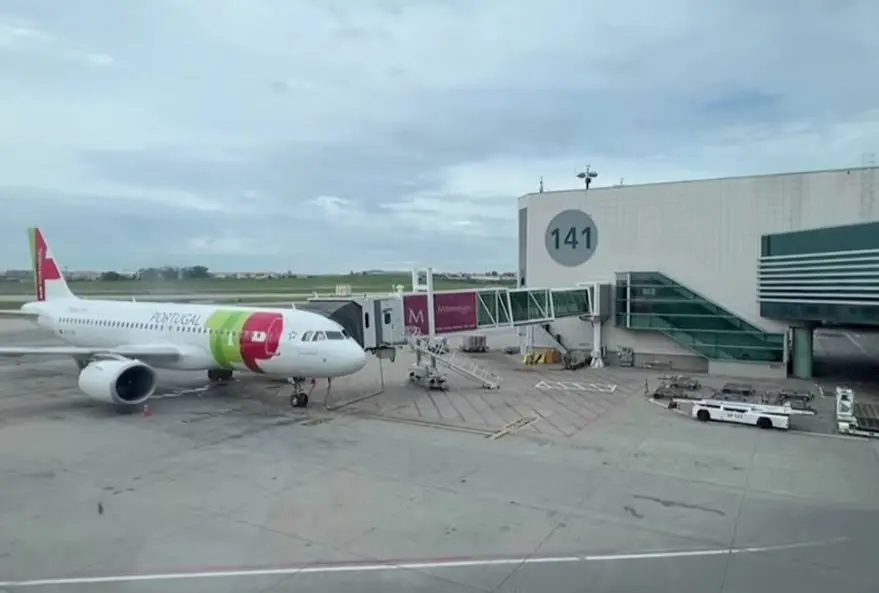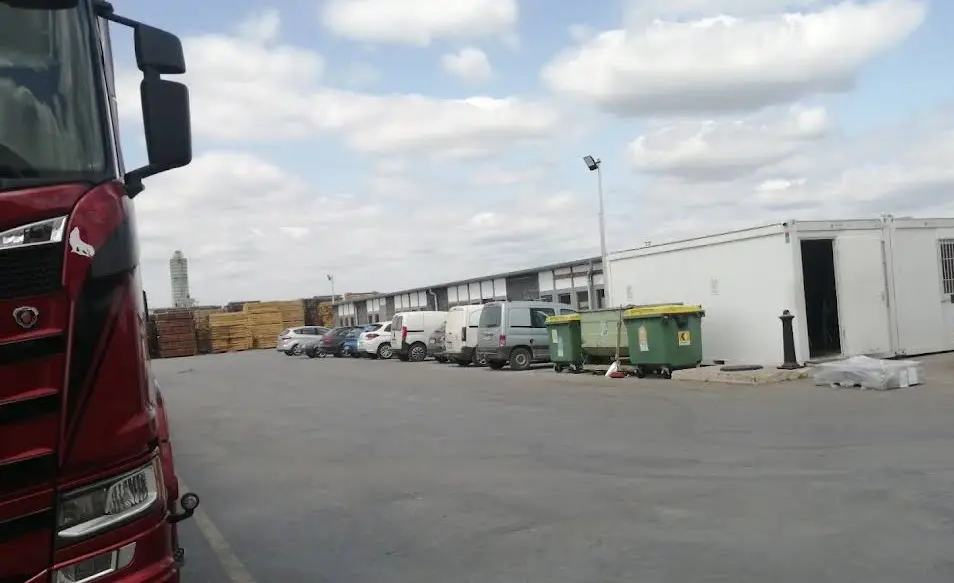Traveling from Dublin to Lisbon can be an exciting plan, especially if you want a break from the Irish chill and a taste of warm southern weather. I’ve done this route before, and what I learned is that it’s not just about picking the cheapest flight or the fastest option. The experience feels very different depending on how you travel.
The best part is that getting from Dublin to Lisbon is quite simple. You can fly directly in a few hours, or take a longer route through Europe if you enjoy turning the journey into an adventure. Each choice gives you a different kind of experience, and it helps to know what fits your budget, comfort, and time best.
This guide comes from real experience and practical research, not just numbers or generic travel tips. You’ll find clear details about routes, travel times, prices, and small tricks that make the trip smoother. It’s written for people who like to plan smartly and avoid surprises.
By the end, you’ll feel ready to plan your trip with confidence and enjoy every part of the journey from takeoff to touchdown in sunny Portugal!
Ways to Get from Dublin to Lisbon
Flying: The Quick and Easy Choice
For most travelers, flying is by far the easiest and fastest way to go from Dublin to Lisbon. Airlines like Aer Lingus, Ryanair, and TAP Air Portugal offer several daily nonstop flights, with an average flight time of about 2 hours and 50 minutes.
Booking well ahead helps. On sale, one-way fares can drop to €40–€50; standard prices are often higher, especially at short notice. Use tools like Skyscanner, Kayak, or Google Flights to compare prices and filter for “direct flights Dublin to Lisbon” to avoid surprises.
It’s smart to check the terms of your ticket before booking. Go for flexible fares if there’s a chance your plans might change.
Once you land at Lisbon’s Humberto Delgado Airport (Portela), getting into the city is smooth and simple. The Red Line of the Lisbon Metro connects Humberto Delgado Airport (LIS) to downtown in about 20 to 30 minutes. A single ride costs €1.85 plus a €0.50 one-time fee for a reusable Viva Viagem card. The metro operates daily from 06:30 to 01:00.

If you prefer buses, the former Aerobus service has been discontinued, so regular Carris buses and the metro are the main public options. A taxi ride to the city center typically costs €10 to €15 in normal traffic and up to €20 at night or on weekends. It takes about 15–20 minutes.
Get a Viva Viagem or Navegante card when you arrive and top it up in “zapping” mode. You can use it for the metro, buses, and trams across the city. It’s cheaper, easier, and saves you from buying single tickets for every ride.
Bus: The Budget-Friendly Option
If you want a low-cost way to go from Dublin to Lisbon, the bus is your ticket. With services offered by FlixBus, the trip takes about as little as ~47 hours with fares from about €140–€152 one-way if booked early. But timings and prices vary by date and connection.
Long-distance buses come with perks like free Wi-Fi, power outlets, and onboard toilets. You’ll also find reclining seats, which help when you’re trying to nap through long stretches. Be ready for multiple stops, though, as each break is a chance to stretch your legs, grab a snack, and reset before the next leg of the journey.
Because the trip is so long, timing and planning matter. Try to avoid late-night departures if you’re not used to sleeping on buses. Booking your seat early is smart, especially during holidays or summer, to make sure you get a spot and lock in a better price.

When buying tickets, check the luggage limits carefully. Some bus services allow one checked bag plus a small carry-on, and exceeding that may cost extra. Also, confirm if your ticket includes the option to change departure times. A bit of flexibility can be useful on a long trip like this.
Inside the bus, having a small “travel comfort kit” can make a big difference. Pack a neck pillow, earplugs, a light blanket, and a few snacks. A power bank helps too, especially if you want to stay connected or use your phone when the bus stops for breaks.
Bus travel saves a lot compared to flying, making it a great option for travelers on a tight budget. It’s best for those who don’t mind giving extra time in exchange for affordable travel and the chance to see a bit more of Europe along the way.
Driving: The Scenic Road Trip
If you love having full control of your journey, driving from Dublin to Lisbon can become a real adventure. The driving distance is about 2,760 to 2,780 kilometers (around 1,720 miles), and the non-stop driving time is closer to 31 hours in perfect conditions. Of course, in real life, you’ll stop for rest, sleep, food, and border checks, so expect to stretch it over two or three days.
You’ll drive through the UK first, then cross the English Channel, and continue through France and Spain before entering Portugal. For the Channel, choose either the Dover–Calais ferry (~90 min) or Le Shuttle via Folkestone–Calais (~35 min on train); schedules and total door-to-door times differ. Keep in mind that ferry fares and timetables change seasonally, so checking for updated schedules before you set off is important.

Before your trip, make sure your documents are in order, such as a valid driver’s license, passport, car registration, and proof of insurance. In the UK and EU, there are some extra rules to follow.
If your car is UK-registered, some EU countries require a ‘UK’ identifier; check GOV.UK for current rules. Regardless of registration, carry the usual safety kit (hi-vis, warning triangle), and note that many French cities require a Crit’Air sticker for low-emission zones. Several Spanish cities’ ZBE low-emission zones require pre-registration/authorization for foreign vehicles so check the city’s website before you enter (for example, San Sebastián requires prior authorization).
Fuel costs, tolls, parking fees, and ferry tickets can add up quickly. Use a toll calculator to estimate your total cost along different routes. In countries like France and Spain, motorway tolls can be quite high, and some have electronic toll systems where you pay online or need a prepaid tag.
Because the drive is long, it’s best to plan your stops and overnight stays ahead. Pick towns or cities that fit your driving rhythm. Along the way, take breaks for meals, fuel, or a short walk through a local neighborhood to keep the trip interesting.
Inside your car, keep a small road trip kit with first-aid items, snacks, water, phone chargers, a paper map, and a power bank. Carry some local cash too, as not all small places accept cards.
Driving gives you something you don’t get from flying or taking the bus. You can stop when you want, watch the landscapes change, and explore side roads that lead to unexpected places. If you enjoy setting your own pace and discovering new routes, this drive can be one of the most memorable parts of your journey from Dublin to Lisbon.
Train: A Multi-Leg Journey for the Adventurous
There’s no direct train service between Dublin and Lisbon, and currently no direct Madrid to Lisbon train either, so you’ll need multiple connections through Spain and Portugal. You might start with a ferry from Dublin to the UK, then hop trains through England, France, and Spain before arriving in Portugal. Booking platforms like Omio or RailEurope help you stitch together tickets across different countries.
This route often takes over 40 hours, depending on connections and waiting times. It’s the longest option, but trains give you room to move, more comfort, and the chance to take overnight trains, saving on hotel costs. If you enjoy watching landscapes change through a window, this route has that magic.
If you’re planning to take the train and ferry route, a few practical details can make the journey smoother. From Dublin, the best option is to use a SailRail ticket, which combines a ferry trip from Dublin to Holyhead with a connecting train through Britain.
This makes the transition between sea and rail travel simple and cost-effective. Once you reach major hubs like London, Paris, or Madrid, you’ll need to switch trains several times before arriving in Lisbon. The full route from London to Lisbon usually takes 40–45 hours with multiple connections, depending on exact trains and layovers, so it helps to plan your transfers carefully.
Overnight trains can be a smart choice for long stretches since they allow you to rest and save money on accommodation at the same time. It’s worth checking sleeper cabin availability early, as they often sell out, especially during busy travel periods. Using platforms like Eurail or Seat61 can help you map out routes, compare timetables, and find accurate transfer details between cities.
Before booking, check if any of your trains require reservations or extra fees, especially for high-speed or night services. These small details can affect both your cost and comfort. It’s also a good idea to travel light, as you’ll be managing your luggage through several changes and stations. A smaller bag makes it easier to move quickly between connections.
Even though this route takes longer, the train and ferry journey gives you a unique and rewarding way to experience Europe. You’ll pass through changing landscapes, cultures, and languages, turning the trip into something more than just travel. For those who value the experience as much as the destination, this path offers memories that are hard to match.
Which Option is Best for You?
Choosing the best way to travel from Dublin to Lisbon depends on what matters most to you. Flying remains the fastest and most convenient choice, with several nonstop flights available each day. It’s perfect if you want to reach Lisbon quickly and start exploring without delay.
If saving money is your main goal, traveling by bus is the most budget-friendly option, even though it takes longer. The ride can be tiring, but it’s an affordable way to cross Europe. For travelers who like freedom and flexibility, driving offers the chance to stop wherever you want, enjoy local food, and take in the scenery along the route. On the other hand, taking the train brings a slower, more relaxed experience, letting you enjoy Europe’s landscapes one region at a time.
When planning your trip, balance time, comfort, and cost before deciding. Each option has its own charm and suits a different kind of traveler. No matter which one you choose, Lisbon will reward you with sunny streets, delicious food, and the kind of warmth that makes you feel instantly welcome!
You can stay with Dublinz for more researched tips to make your journey from Dublin to different areas and cities around the world smoother. So, visit our Facebook and Instagram pages and stay connected!